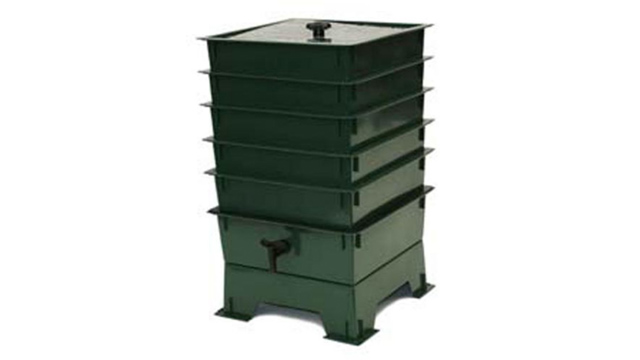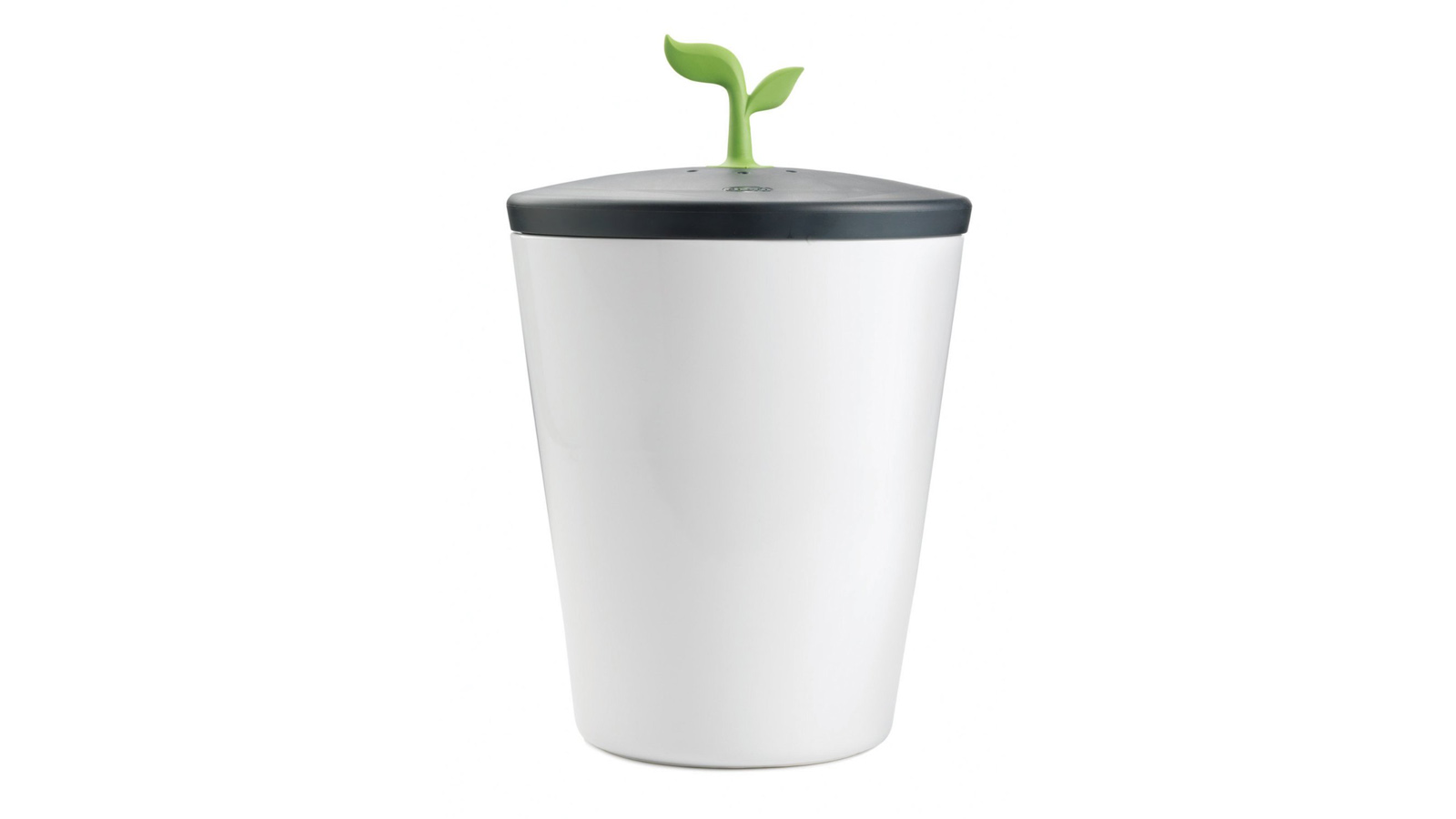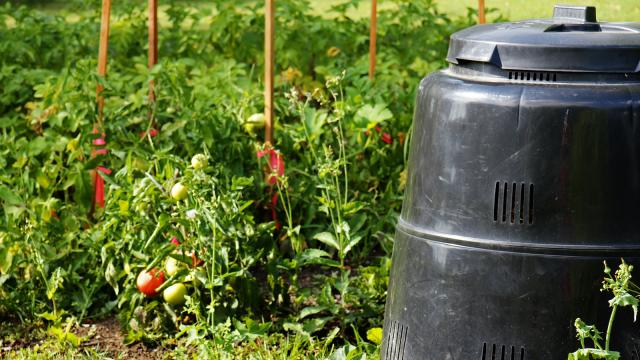Neolithic farmers may have been new to the whole “raising crops” game but they quickly figured out how to increase their agricultural efficiency: literal bullcrap. And we’ve gotten hellaciously good in the intervening thousands of years at the art of compost. Here’s how you can get in on the goods.
Recent archaeological finds have confirmed the extensive use of natural fertilisers as far back as 8000 years to supplement the natural amount of nitrogen in the soil, which plants use to produce proteins, enzymes and nucleic acids in order to generate new foliage. By boosting the amount of available nitrogen in the soil, early crops grew bigger, faster and more robust.
That early discovery has ballooned into a multibillion dollar business, with global revenues for nitrogen-based fertilisers alone expected to top $US108 billion a year by 2017. But the environmental costs of these fertilisers, especially the inorganic forms preferred by industrialised agriculture, are equally high. Hyper-fertilised runoff causes havoc downstream, can acidify soil over time and cause plants to become dependent on their application, not to mention the expense needed to produce the fertiliser from its inorganic precursors.
So why exacerbate the problem just because you want a triumphant Victory Garden? Instead, make your own soil amendments out of the leftover bits of plants grown in the very same soil. Think of it as nutrient recycling — the plants pull nitrogen, phosphorous and potash out of the ground to grow and produce fruit, then you return those same nutrients back to the ground by turning the leftovers into compost. It’s a startlingly easy, cost-effective and ecologically responsible means of urban gardening.
You Want Oxygen With That?
There are two schools of thought when it comes to home composting: those that support aerobic decomposition and those that prefer the anaerobic method. The aerobic method is generally considered to be superior; it works faster and more efficiently than the oxygen-free alternative, however it must be monitored and regularly turned over to prevent anaerobic conditions from forming.
That’s not to say anaerobic composting doesn’t have its uses. This method, typically a pit dug into the ground, filled with organic matter and sealed under a layer of soil, does take longer and its progress cannot be monitored. Plus, since the organics decompose more slowly and at a lower temperature, weed seeds and other pestilences are not sterilised. However, it’s an awesome way of amending a garden bed over winter ahead of a spring planting, or disposing of a yard’s full of leaves if you don’t have the space in your aerobic digester.
Whichever of the following types of bins suits your need, you’ll be glad you started composting. And, more importantly, so will your yard.
Outdoor Bins

Tumbling compost bins are some of the more popular style of outdoor bins. Mounted on a central horizontal axis, these digesters are loaded and then turned over via an external hand crank to ensure that the load composts evenly and aerobically. Prices vary on these units, depending on their capacity and build quality. The Woodland Direct Tumbling Composter, for example, holds 142 litres of material and retails for $US95, while the 220-litre Tumbleweed costs $US150, and the 265-litre Joraform Tumbler will set you back nearly $US400.

There are static models as well which, since they don’t have to lift the material off the ground, can generally hold more at a lower cost to you. The Geobin Composting System, for example, is little more than a closely meshed plastic fence. It can encircle a 60cm diameter compost pile (about 490 litres) using just 4kg of material and costs as much as a Chromecast. The Redmond Culture Compost Bin, on the other hand, is a bit more monolithic. This 9kg, 256-litre container loads from the top and features four access doors for shovelling out the finished compost. The problem with these models is that as the material further breaks down it packs in towards the bottom of the pile, slowing the process as it gets progressively closer to completion. But, if you don’t need your compost now-now, these make for a solid, low cost alternative to tumblers.

The third type of outdoor composter is the most involved but also returns the most valuable soil amendment money can buy: wormshit! Worm castings are called “black gold” for a reason. Annelids break down the decomposing organic matter that they ingest into its most basic nutritional components, exactly the sort of nutrients most easily absorbed by plant roots. Compost bins that incorporate worm colonies like the Worm Factory 360 or the Vermitek Worm Composter comprise a series of stacked trays. The worms are added to the bottom tray along with some bedding and food scraps with successively fresher trays stacked on top of them. As the worms finish one tray, they migrate to the next one up. These systems can support more than 20,000 worms and dispose of up to 2.3kg of garbage in a single day.
Indoor Bins
If your winters are brutal and too long to support winter composting or you simply don’t have the space for big spinning tub of food waste, fear not. There are a number of indoor — and nearly odourless — methods available.

The Bokashi method, for example, covers food scraps with a mixture of microorganisms to eliminate the smell while fermenting the material. Pickling the food waste allows it to be buried up to 50 per cent faster than conventional anaerobic methods. This system was originally developed by Japanese farmers who covered their waste in rice, waited a few weeks for the bacteria present on the rice to ferment, then buried the mess as a soil amendment. You can do the same with the Probiotics K100 All Seasons Indoor Composter. This device seals 19 litres of scraps in an anaerobic environment and generates a liquid fertiliser from the decomposing matter and prepares the solid bits for burial in half the time. Plus, since they’ve been fermented, you can compost and bury foods you wouldn’t otherwise be able to, specifically meat trimmings, bones and other animal products.

Aerobic indoor digesters are also available. The Full Circle Fresh Air Kitchen Composter, for example, seals the smell of rotting food waste away in a breathable, biodegradable plastic bag and allows air currents under the pile to prevent moisture and odour-causing bacteria to form. The Chef’n EcoCrock Counter Compost Bin works much the same way. It wraps an external ceramic shell around the plastic bin and seals them both with a locking lid. The lid is outfitted with charcoal filtered air vents to promote aerobic digestion of the waste.
